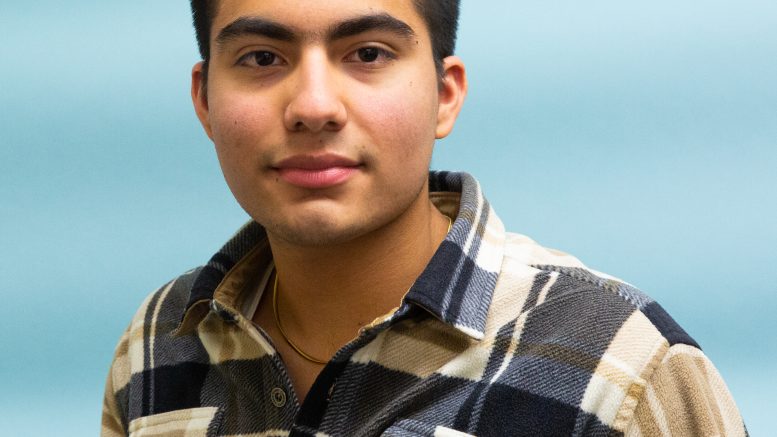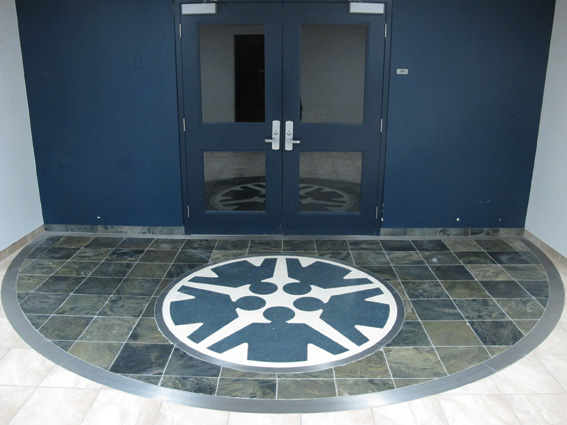UMSU recently passed a motion to create a new community representative position. The racialized community representative will represent all racialized students at the U of M, and will be a voting member on the UMSU board of directors. Students can run for the position in the upcoming UMSU election.
According to UMSU governance chairperson Ivan Nuñez Gamez, the position was created to give racialized students a voice.
This position has been in the works since October, and has involved consultation with UMSU executives and community representatives, as well as the broader student community.
Nuñez Gamez explained that creating the new role was not a simple decision. The motion was debated heavily by the UMSU board of directors.
He said that some board members were hesitant to create a position that would represent multiple different cultural groups at the U of M simultaneously. Nuñez Gamez said in response to this concern that each community representative is now required to form a team of individuals from the community they represent to assist them.
He added that representatives could also create committees within their communities to ensure that specific groups are supported.
Some UMSU board members were also concerned about where funding for the racialized community representative position would come from.
However, Nuñez Gamez said that funding this position would not add any extra student fees or remove funding from other representatives’ budgets, but that the funding would come from UMSU capital expenses.
Nuñez Gamez explained that the new position will help to represent and support racialized students who are biracial, or who are not Indigenous or Black.
Additionally, Nuñez Gamez hopes that the racialized community representative will be able to collaborate with both the Black and Indigenous students’ representatives.
However, he believes that it is important for these community representative positions to remain distinct.
He said that the three communities have very different racialized experiences, and that combining the three groups into one would not be the right step.
“We’re trying to move forward, not backwards,” he said.
Nuñez Gamez explained that a lounge will be assigned to the racialized representative that can act as a safe space for the community. He also hopes to see more cultural and heritage programming for the U of M’s Latino, Filipino and South Asian communities.
UMSU vice-president advocacy Victoria Romero said that she is proud and excited that the racialized community representative position was created. She believes that the position will advance representation and equal opportunity at the U of M.
Romero noted that this position is just one step in the direction of inclusion and change.
“Creating an opportunity for representation is a good thing,” she said.
“I would rather have a racialized representative position than not [have] one at all.”
As someone who identifies as Latino, Romero feels that her community is often excluded or left out, something that she sees affect other racialized communities as well. She believes the new position will work toward creating a student government that fully represents the U of M’s diverse student body.
Romero said that passing the motion was “crucial in both creating a safe and welcoming space for everyone, […] as well as providing the necessary opportunity for all groups and communities to be involved in the decisions made that will impact them.”
— with files from Matthew Merkel




